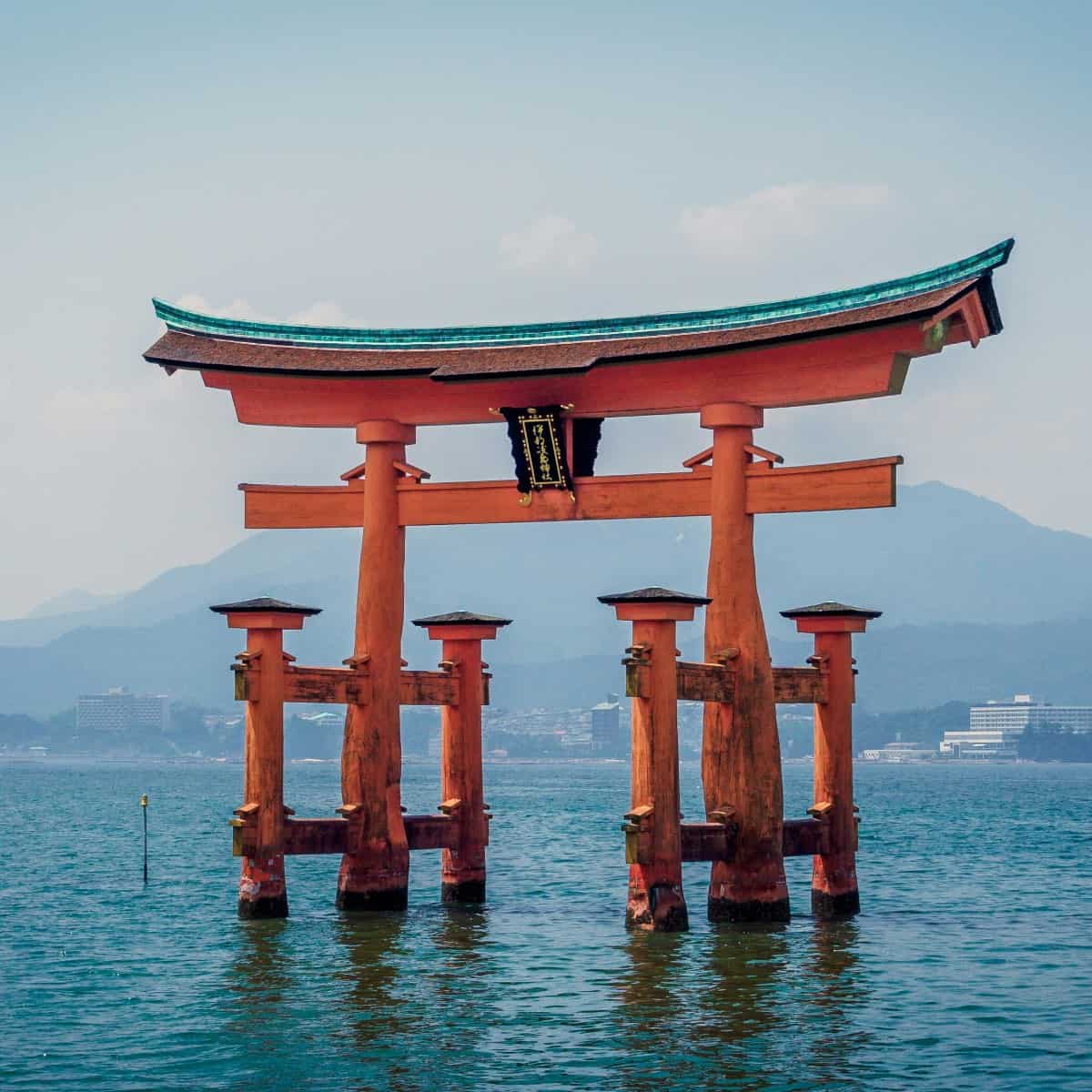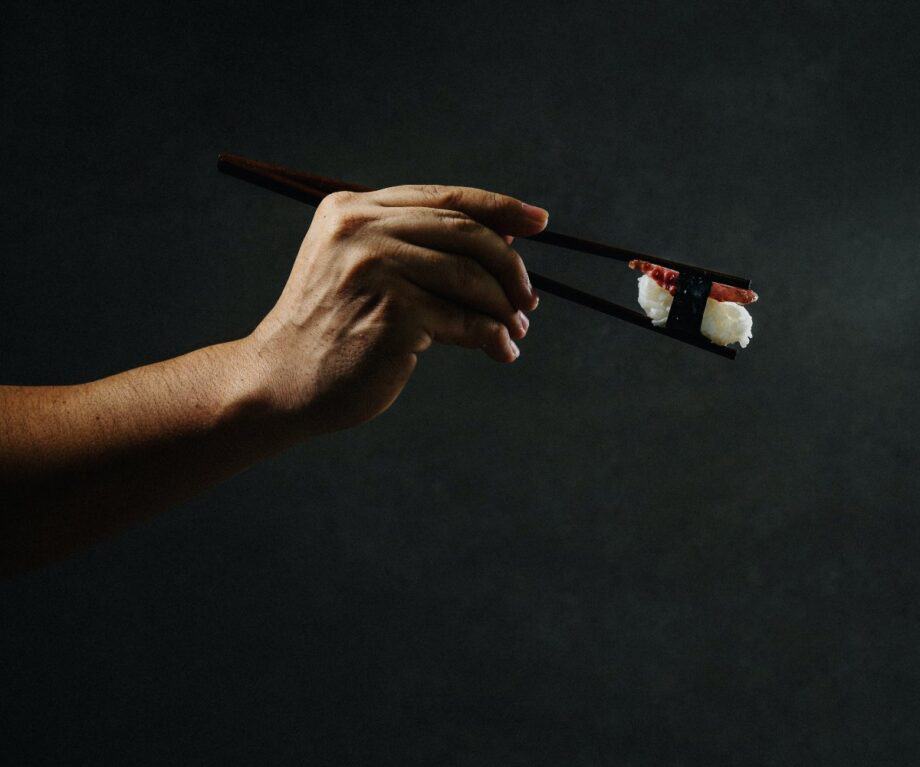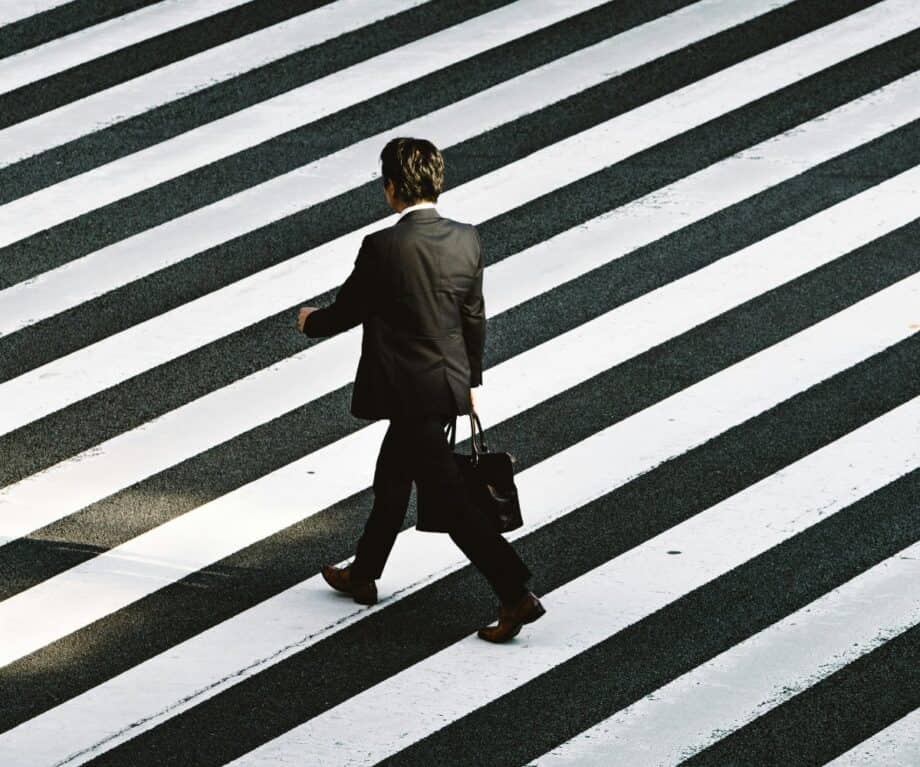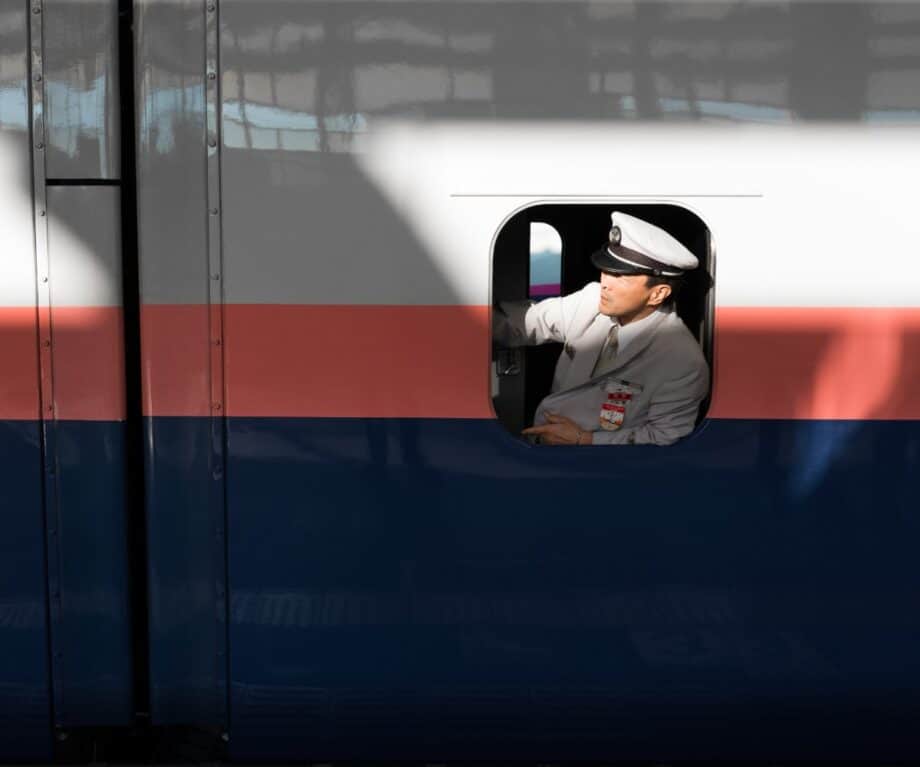Etiquette in Japan – key things you need to know
When exploring a new country, it’s common to pick up a few essential phrases to facilitate communication. However, it’s... The post Etiquette in Japan – key things you need to know appeared first on A Luxury Travel Blog.

When exploring a new country, it’s common to pick up a few essential phrases to facilitate communication. However, it’s not just language skills that tourists need to consider; etiquette and expectations can vary widely from country to country, and Japan is no exception.
While Japan is renowned for its longstanding unwritten rules of etiquette, it’s unrealistic to expect visitors to know every nuance. Keeping this in mind, and with it typically being a peak time for holiday bookings, the experts at JRPass have compiled some helpful tips for tourists navigating etiquette and practices in Japan.
Here are some key considerations for visting Japan:
COVID etiquette and regulations
Although other countries had relaxed rules around COVID some time ago, it wasn’t until quite recently that COVID rules and mask guidelines were significantly eased by Japan’s government. Now, visitors to the country no longer need to provide a clear covid test or proof of vaccine before entry into Japan.

That said, when it comes to masks, although there is currently no mandate from the government, it is still common to see many people in Japan wearing masks, especially in crowded places and on public transport.
Ultimately, it is up to each individual how they choose to behave in regards to COVID-19 measures, and there is a mixture of attitudes and behaviours across the population in Japan.
Greetings and bowing
The customs for greetings in Japan look noticeably different than those in most western countries, and bowing is the most common Japanese greeting, ranging from a nod of the head to a deep bend at the waist.

Bowing is not one size fits all in Japan: there are different types for different situations depending on context, social status, age, and more. In more casual situations, for example, a bow of the head (similar to a nod) may suffice.
If you aren’t sure what type of bow is required in a given situation, don’t panic. Tourists are not expected to know the intricacies of the bowing customs in Japan. You will be able to follow suit with those around you, and after some time you will likely be choosing the appropriate bow without even thinking about it.
Restaurant culture and table manners
Although eating out in Japan is a different experience to traditional western restaurants, you will pick up the customs and learn as you go. However, here are some simple pointers to help get you started.


Etiquette in the street
Navigating the bustling streets of Japan requires a nuanced understanding of cultural etiquette. Here are some important points to consider:

Travel and public transport
Travel by train or via the subway system is the most common method of getting around in Japan, and both etiquette and rules surrounding train travel in Japan can be quite a different to that you’d experience in other countries.

As such, the key things to keep in mind when utilising the countries excellent train systems as a tourist are:
When moving around, always follow the flow of traffic – don’t worry, there tend to be arrows or signs to help point you in the right direction. Politeness is key when travelling by train, so ensuring you’re paying attention when walking around, waiting politely to board the train, and generally being observant of your surroundings is vital. If you have to make use of priority seating, you must give up your seat and respect the rules should someone who is elderly, disabled, or pregnant board the train. Whilst in some countries, taking phone calls or playing on your phone is widely accepted, in Japan this is certainly not the case. As such, you should keep your phone on silent and avoid taking calls when onboard and keep any noise to a minimum. Much like talking on the phone, conversations with your travel companions should also be done at a low level of volume. Eating and drinking is also not widely accepted, unless travelling via the bullet train. Being mindful of others, especially when it comes to space, is essential. You should never take up more than one seat on a train to accommodate your belongings.Haroun Khan, Founder and Owner at JRPass, commented: “Adjusting to a world of new etiquette and customs may seem initially confusing as a visitor to Japan, but it isn’t something that should deter you from visiting this beautiful country.
“Experiencing a different culture to your own is an exciting opportunity and one to jump into. Japan is an incredibly welcoming place, and no visitor is expected to know the ins and outs of every unique custom, however, learning some of the basic etiquette is always an appreciated effort.

“Of course, these are just some of the many common courtesies and rules followed when in Japan, and the country has many other fascinating rules to keep in mind when travelling around there, so we’d encourage you to do your research before you visit.”
Paul Johnson
Paul Johnson is Editor of A Luxury Travel Blog and has worked in the travel industry for more than 30 years. He is Winner of the Innovations in Travel ‘Best Travel Influencer’ Award from WIRED magazine. In addition to other awards, the blog has also been voted “one of the world’s best travel blogs” and “best for luxury” by The Daily Telegraph.
Did you enjoy this article?
Receive similar content direct to your inbox.

 ShanonG
ShanonG 






























